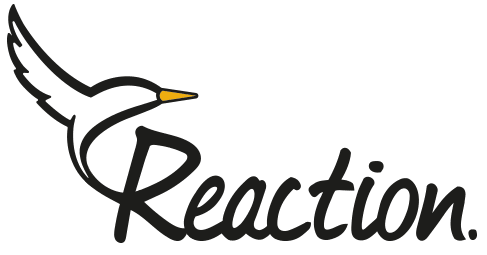Often, when resources are pulled together to achieve a particular goal, the expectations of how much profit is made, and how much was lost, is a common thought in the mind of investors. However, in this essay, we bring to you how team building could yield reasonable profit for your company or project.
ROI in Team Building
When considered in team building, return on investment refers to the value quantified when an organization, company, or industry has invested in team building. This is the time to see whether “teamwork made the dream work”, or if it would have been more profitable to have driven the goal personally.
Below, are 4 different ways in which team building is proven to be productive and efficient
Increased Performance In Finance:
Research has proven that companies that embarked on projects, tasks, or goals with considerable involvement of workers as a team or group have vouched for a 21% increase in their finances. This cannot be doubted because multiple resources from different individuals are drawn when brainstorming on icebreaking solutions.
Employee Sustainability:
Notably, workers are more likely to be retained when they feel they are part of the industry. Team building withers the spirit of disenchantment and swells the mind to commitment, loyalty, and inclusion. As a result, employees are more compelled to remain in the organization, which reasonably saves employers from the cost of bringing new employees on board.
Improved Delivery:
The increase in efficiency and effectiveness cannot be undermined by good team cooperation. A reliable research source has given that there is an 80% increase in work delivery as goals are achieved faster and more proficiently when teamwork is involved.
Creative Solutions:
Have you ever experienced a team where their knowledge is beyond what you can have a hold on? Working with a team allows one to be exposed to several creative ideas and innovations as a result of the new strategies and ideas that are brought on board by your team.
4 Ways to Measure Team Building ROI
Although often overlooked, below are some basic and tangible ways to measure returns on investment in team building:
Periodic Surveys
Surveys are essential in addressing the questions of the skills, attributes, and preferences of your employees. This will help to measure or rather have an idea of how cooperative, united, and active they might tend to be. After the activity, do the same to monitor their changes.
Performance Indicators
Never underrate how useful and helpful performance trackers can be. They are also known as Key Performance Indicators (KPIs). An advantage is that it helps to give awareness about things like the amount of time allocated to tasks, some number of errors as well as giving rating to customer satisfaction. To gauge your progress, ensure to use it when the project begins, and after project completion.
The rate of Turnovers
The ratio of your turnover helps to quantify the process or rate of change that occurs in a business over some time as existing customers are lost and new customers are added. Essentially, this technique helps in measuring progress over the short or long term.
An All-Inclusive Feedback
Seek feedback from all spheres of the organization ranging from the aspect of different levels of workers to the aspect of soft skills that enhance progress in the work environment. These values may include, team management skills like unity, communication, and cooperation in the work process.
Top 3 Questions and Answers about Team-Building ROI
1. Can ROI be seen within the short and long term?
Team building doesn’t perform magic, so do not think that changes would happen so suddenly. It is a continuous process, and as long as good effort, consistency, and commitment are put into the work, be sure to have a positive result as time goes by.
2. Can Team building be used solely as a factor when considering growth in results?
Not at all. There are several aspects in the professional space, that add to the growth of an organization or that aid positive results in industries. Instead of using it solely, we advise that team building is used in alliance with other resource drives. The idea of growth in any industry is all-encompassing. It goes by just the idea of team building.
There is no perfect team building budget that ensure a good return on investment. However, one can begin with engagements that are very affordable in other to standardize value before moving to bigger projects.
Reliable Data-Driven Insights on Team Building ROI
Worth reference to Gallup, workforces that are committed and hardworking mistimes are opportune to have 23% higher profitability and 18% higher in sales.
In addition, the Queen’s University of Charlotte has added that industries that invest in employee engagement have reported a 26% increase in the annual revenue of each employee.
Moreover, the MIT Sloan Management Review brings to our notice that teams that have a high level of cooperation of course can complete tasks 50% more than normal.
Finally, according to Kenexa High Performance Institute, employees who have a high rate of inclusion, have a high tendency of about 87% to remain in the company. This seems like a long-term investment for the employer. In the sense that the costs of onboarding and recruitment are minimal.
Conclusion
The importance of a good team in any professional aspect of life, cannot be undermined, even though it could be very demanding in terms of one’s commitment, time, and resources. With strategies and goals being set in order of priority, team building will serve as an asset rather than a liability to any industry.






